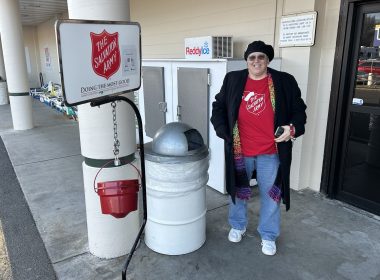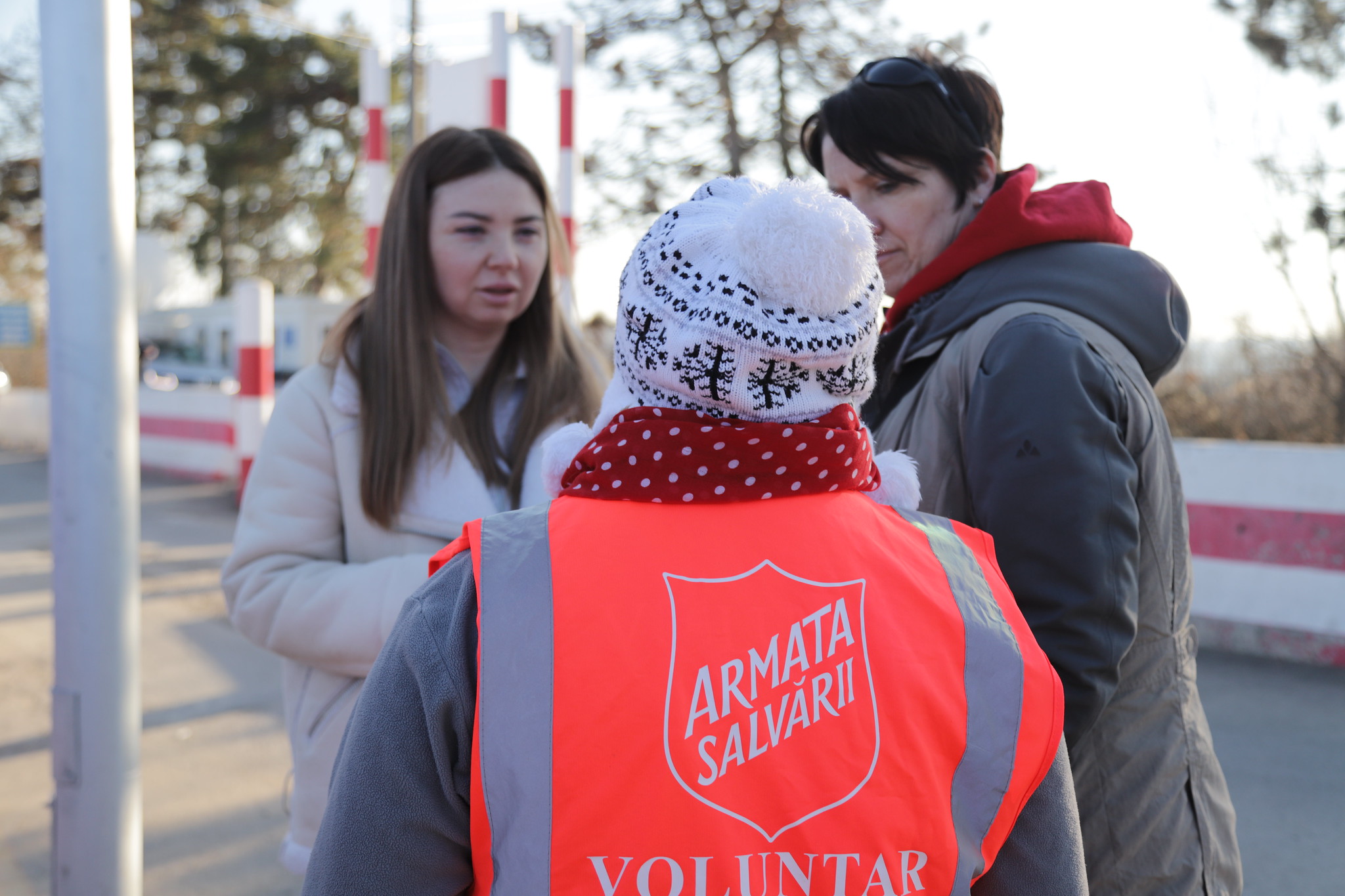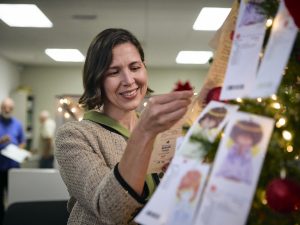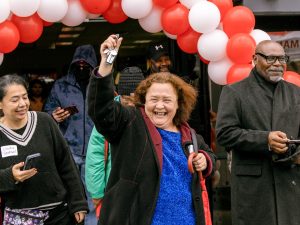For more than 20 years, Western Territorial Emergency/Disaster Services Director John Berglund has been on the frontlines of The Salvation Army’s disaster response—responding to both natural and manmade disasters.
He served as the Emergency Services Director at The Salvation Army’s U.S. National Headquarters, in the Greater New York Division and in the Intermountain Division based in Denver before his current role as the Emergency Disaster Services Coordinator of The Salvation Army Western Territory. He also is a team leader and trainer for International Emergency Services through The Salvation Army’s International Headquarters in London.
In March, Berglund deployed to Moldova to assist in the on-the-ground assessment of needs and how The Salvation Army can best help right now during the humanitarian crisis unfolding in and around Ukraine. In this conversation, Berglund discusses the response in Ukraine and the surrounding areas, the unique challenges The Salvation Army is facing and what it’s like behind the scenes of such a response.
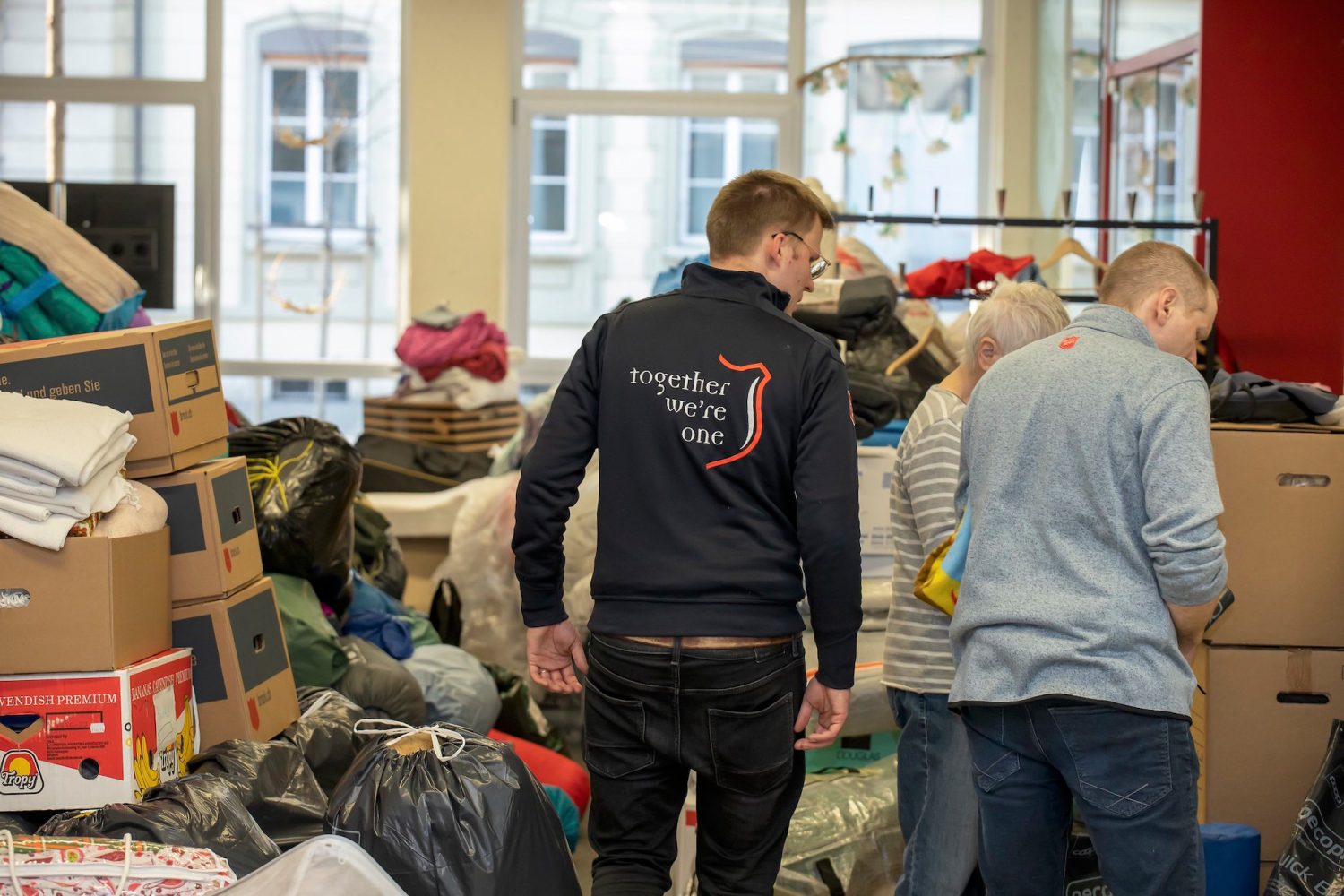
Part 1: The Response
Q: What does the response look like right now in Moldova?
John Berglund: It’s a lot of work helping United Nations High Commissioner for Refugees (UNHCR) in distributing information on human trafficking, providing vouchers, cash vouchers, for groceries and clothes and such. But it’s a very short window of contact…Most of these individuals do not open up; they do not provide a lot of information as they’re moving from country to country. Understandably, it’s different when you have these families for a long period of time in one location. And on the human trafficking front, on the gender-based violence front, there’s a lot of concerns. Where do these women and children go, and who’s offering help to these women and children?
Q: We haven’t heard a lot about what’s happening with The Salvation Army in Ukraine. What do you know?
JB: I’m not too sure what the on the ground response is in Ukraine. Outside of Ukraine, most of it is work with refugees. We have been able to get supplies in through Poland and Moldova, but we’re not talking about tractor-trailer loads of product, like in the States; we’re talking about van loads of product. It’s a band aid, I think, to what’s going on. Until the war is over, or the situation is settled, I think there’s a lot of unknowns to what actually is the damage and the need in Ukraine.
Q: Most of the ministry work across Eastern Europe is being done at the corps level. Do you have any local stories?
JB: There’s a Romanian couple here in Moldova overseeing a three-floor facility with about 90 rooms for refugees. They’re providing food, doing all of the wash by taking it to their corps where they don’t have industrial washers and dryers. They said they don’t know how long the machines are going to hold out. The other thing I’ve noticed is that in Moldova, the officers… [are] committed to the mission and truly committed to the work. And they’re working on a shoestring budget in a lot of situations. There’s no EDS program in Moldova. They’re still meeting the needs of their communities and they’re still meeting the needs of the refugees, which is pretty admirable. Pretty amazing.
Q: What has been the biggest surprise relating to the response in Moldova where you’re stationed?
JB: I came into this thinking of all the ways we can help these people in transit, but I didn’t realize that here in Moldova, the number is so high for women and children who are just staying here waiting to go home. The women and children are here; no man over the age of 18 can leave Ukraine. They had to stay behind. So, a lot of people want to go back to Ukraine, especially if that’s where their husbands and adult children are located. There’s a lot of nationalism for Ukrainians. They want to go back to their country. I still haven’t seen a lot of stories on the fact that not everybody wants to migrate.
Q: Where are these women and children in Moldova staying?
JB: Some of the UN statistics say that in Moldova, about 75 percent of these women and children are being housed by either private individuals or houses of worship, which is pretty incredible. So only about 25 percent of them are actually in government-run shelters, and the largest is right down the street from us. But how long? How long can families keep refugee families in their home? That’s why The Salvation Army is looking into transitional housing options.
Q: Is that the biggest mission right now, ministering to women and children?
JB: Women and children came here shell shocked, with no place to go, in transit, and just had to pick up and take what they could gather. We have been talking about critical-incident-stress-management type stuff—learning how to speak with survivors, because they weren’t talking. I think it’s the political situation as well; nobody’s getting out information. It takes time to get to know these families and to get the trust of these families. That’s the Moldova story. It’s how to minister to these women and children who are here right now. That’s where the need is, to come alongside them before they get hurt…How do you come up alongside them and provide protection and a sense of security for them for an unknown amount of time with limited work?
Q: What should the U.S./Western Territory know about The Salvation Army’s response in Eastern Europe during the Ukraine Crisis?
JB: I think they should be proud of The Salvation Army in these countries. I mean, it’s incredible to me that we still have corps and officers in Ukraine who are providing services and remaining there. One of the questions I asked was: Does The Salvation Army evacuate from Ukraine? No, it doesn’t. The corps and the officers are still there. I think it’s the dedication to the mission. And then also, what I’ve seen in Moldova, is just the work ethic and the commitment to serve. They don’t have extra resources to make this happen, but yet, they do it. They find ways to do it. They stretch the soup, they find a place to sleep, they go the extra mile. And that’s been pretty impressive to me. Then you get together with them on Sunday, and they just sing their hearts out. It’s pretty amazing.
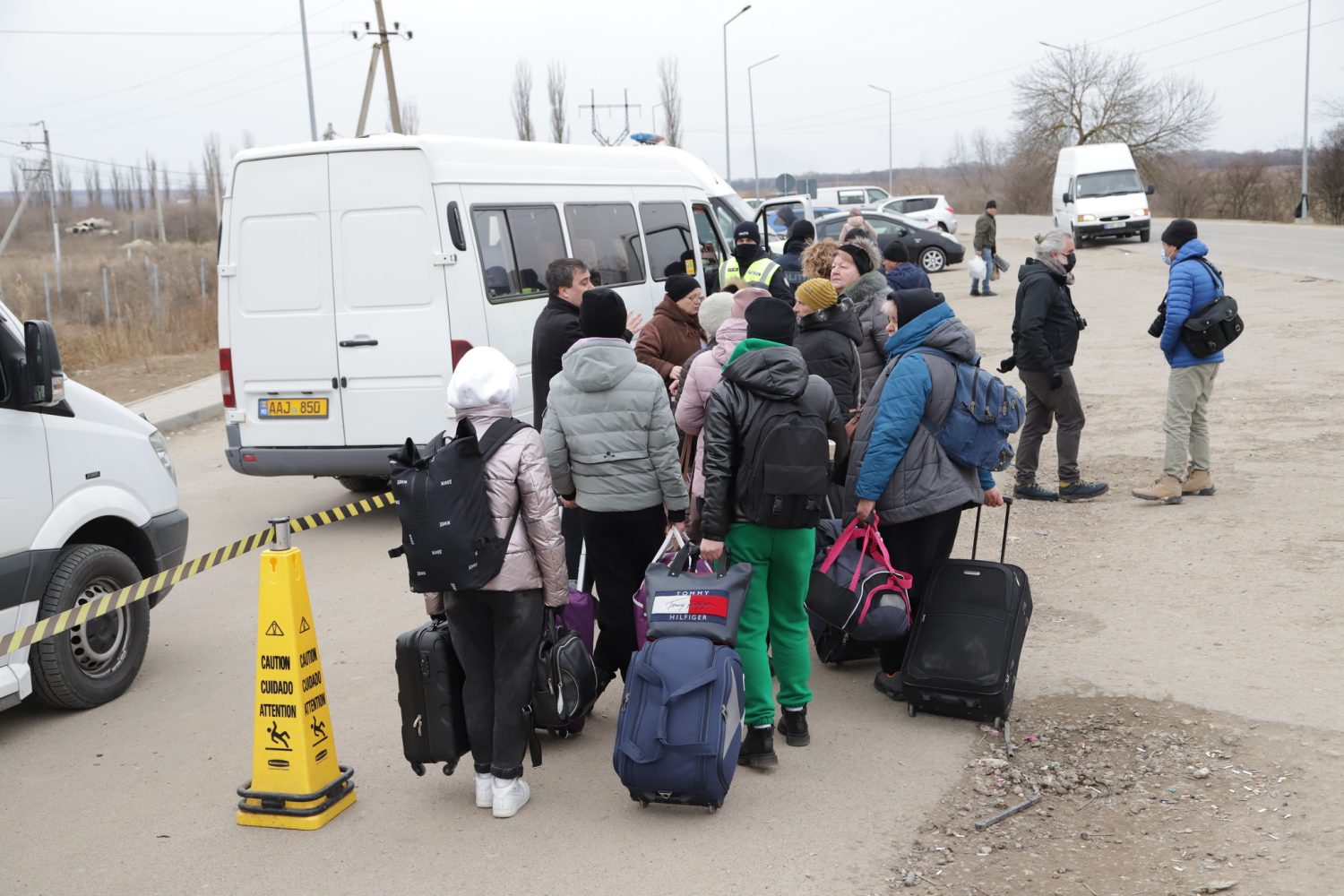
Part 2: Unique challenges The Salvation Army is facing
Q: What’s the biggest challenge facing The Salvation Army in its response to the Ukraine Crisis?
JB: One of the biggest challenges is that so many of these folks are Russian speakers. For example, one of the corps we went to was working in partnership with the Department of Education. They had linked up with the school system to provide training for the kids, but they had to find teachers who spoke Russian. So, it’s not so easy just to integrate the kids into Romanian-speaking schools. That’s true for volunteers and that’s true for us. One of the things that hampers our ability to do the work is the language barrier.
Q: How has technology helped with that language barrier?
JB: One example is that there’s a six-year-old on my floor named Dennis. And whenever I see Dennis, we pull out the Google Translator and he speaks in Russian and I speak in English and we are able to talk to each other.
Q: In The Salvation Army, we talk about being one Army. Are there added tensions in an area marred by physical and political conflicts?
JB: Most of the officers in Moldova were trained at The Salvation Army Training School in Moscow. Everyone at DHQ here in Chisinau now speaks Russian. One of the interesting things I’ve thought about writing about that I think is just so devastating, is that when you talk about Russia, Ukraine, Moldova, Romania, it’s the same group of people, in a lot of ways. And a lot of these folks are related to each other. I mean, it’s like living in Ohio and having relatives in Pennsylvania. We have Russian soldiers, and we have Ukrainian soldiers, who are literally fighting or threatening family members. So, it’s very difficult. With The Salvation Army, we stay away from politics, but you can feel the tension. But what a terrible situation to have to divide up your family when your family lives in three or four different countries. So, it’s really horrendous, that part.
Q: What are some of the challenges that The Salvation Army faces with this level of response?
JB: We’re relying on project officers or territorial divisional personnel who may not necessarily have disaster experience. It’s a difficult job because it’s all over. It’s all over the world.
Q: In the States, when we have a disaster or emergency, we immediately turn to fundraising. Is that what’s happening there?
JB: They don’t have corporate or individual tax credits here. So, if a corporation gives you a truckload of product, in the States, they write it off on their taxes. That system doesn’t exist here. So, we had that conversation with some of the locals saying, ‘How can you run a faith-based organization? How can you run a nonprofit organization, when individuals can’t take tax write offs for their donations, and corporations can’t take tax credits?’ Then you also realize why they don’t have the same intensity that we do on PR and fundraising, because the system doesn’t even allow it.
Q: So if they don’t do traditional fundraising, where does the money to continue this response come from?
JB: There’s rapid-response funding that’s come back from international emergency services, there’s immediate grants that the territory writes and IHQ funds. So, there are some large sums of money that come in to support this work, but without that, this work wouldn’t be the same, or they’re running these responses on a shoestring. With international work, often a lot of it is grant writing, surprisingly.
Q: How does The Salvation Army keep going in the face of so many challenges?
JB: I think it’s the mission. We did a piece on self-care at [a recent] training, because what leadership was saying to me, is there’s a stigma about mental health. So, you can’t really say, ‘We’re gonna do a training session on psychosocial support,’ you have to frame it as care for the caregiver. So, there is a stigma, especially with men. There’s a stigma within the culture about expressing weakness, showing weakness. My observation is, they will work to the point where they get sick rather than say, ‘I need to take a day off,’ or ‘I need to take care of myself.’ And that was evident, I think, a little bit in the training. Framing it as if you don’t care for yourself, you can’t take care of the team and take care of the survivors. Almost every corps that I’ve been to in Moldova is somehow involved with refugee support.
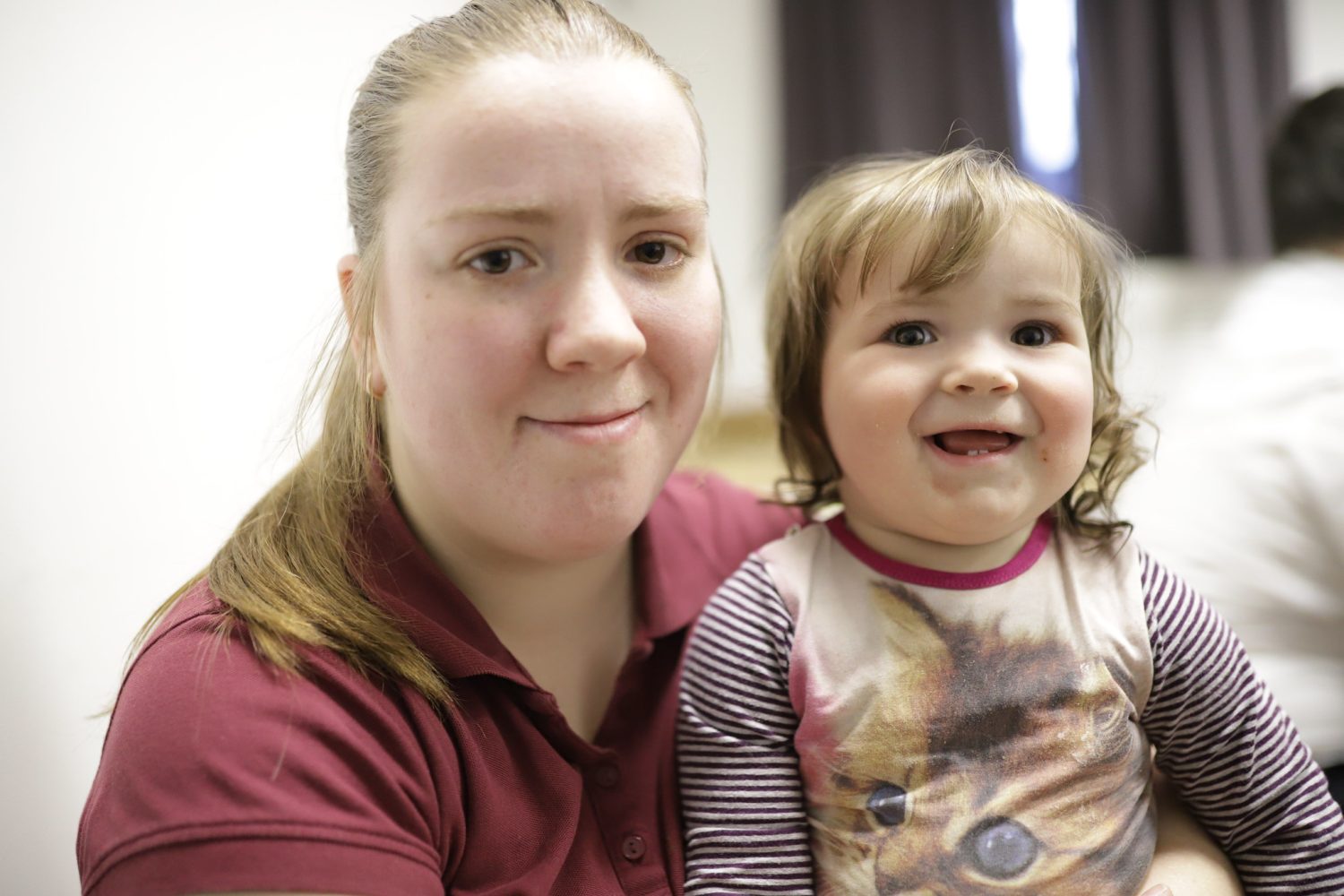
Part 3: Behind the scenes
Q: Have you ever been deployed to a conflict zone?
JB: I haven’t been in a war zone or post war zone since Iraq, and that was probably two decades ago. That one was just as threatening and dangerous in some ways. There were a lot of safety, security measures in place. [In Moldova] we do have evacuation plans with the State Department and The Salvation Army. Everybody’s got their eyes on Odessa [Ukraine], and what’s happening in that region. If the fighting would switch to that area, we’d all be out of here within days. So, security is definitely an issue and is really on your mind whenever you go out…You never truly relax.
Q: How have advancements in technology changed international deployments?
JB: Years ago, when I first deployed to Iraq, you were only able to call home on a satellite phone for ten minutes a week. It was brutal. Now I can talk to my wife on FaceTime with WhatsApp at no charge…Technology has changed deployment. It wasn’t this way 20 years ago. The deployment is a lot easier because I’m on my laptop in my room with good internet. Every day I get up early in the morning, and I probably do U.S. West emails for about an hour. Then I start my Moldova day. And it is amazing how small the world is now. All of the Moldova corps have Facebook.
Q: How has it been adapting to a culture so different from the West?
JB: It’s a totally different place. You have to try not to push your western lens onto the situation. It’s difficult. It’s really hard to drop it, and you have to watch your language and you have to watch your discussions. I don’t volunteer a lot of information. If asked, I’ll say my parents are Scandinavian, which they are, but I hold the U.S. passport.
Q: Are there any similarities between responding to wildfires in California and a war in Eastern Europe?
JB: I think the response part is very, very similar. The situations may be different because of culture and language and such, but logistics is always an issue. Overseas, it’s project-driven. When we respond to a large wildfire in Northern California, the resources and the equipment and the people are there immediately. Internationally, it will depend greatly on the country, and The Salvation Army jurisdiction and what those resources are. In territories that don’t have disaster funds or resources, like here, we have to write projects. International work is often a lot of grant writing, surprisingly. I would say for the actual emergency response, international can move quickly, but to a limit. But as far as check writing and moving into short-term and long-term projects, it’s a much more lengthy process than we have in the States.
Do Good:
- You’ve probably seen the red kettles and thrift stores, and while we’re rightfully well known for both…The Salvation Army is so much more than red kettles and thrift stores. So who are we? What do we do? Where? Right this way for Salvation Army 101.
- Make a donation to support those in need in your community.
- You can make an impact in the Fight for Good with whatever time and skills you have. Whatever your interest, there is a you-sized need for goodness in the world. Get the guide on How To Be An Impactful Volunteer and get in the Fight for Good today.
- Listen to John Berglund share about how The Salvation Army responds to disaster on The Do Gooders Podcast.




